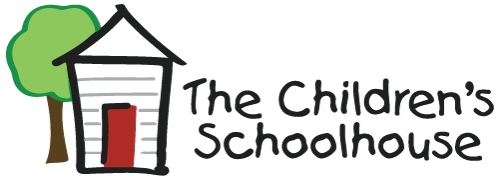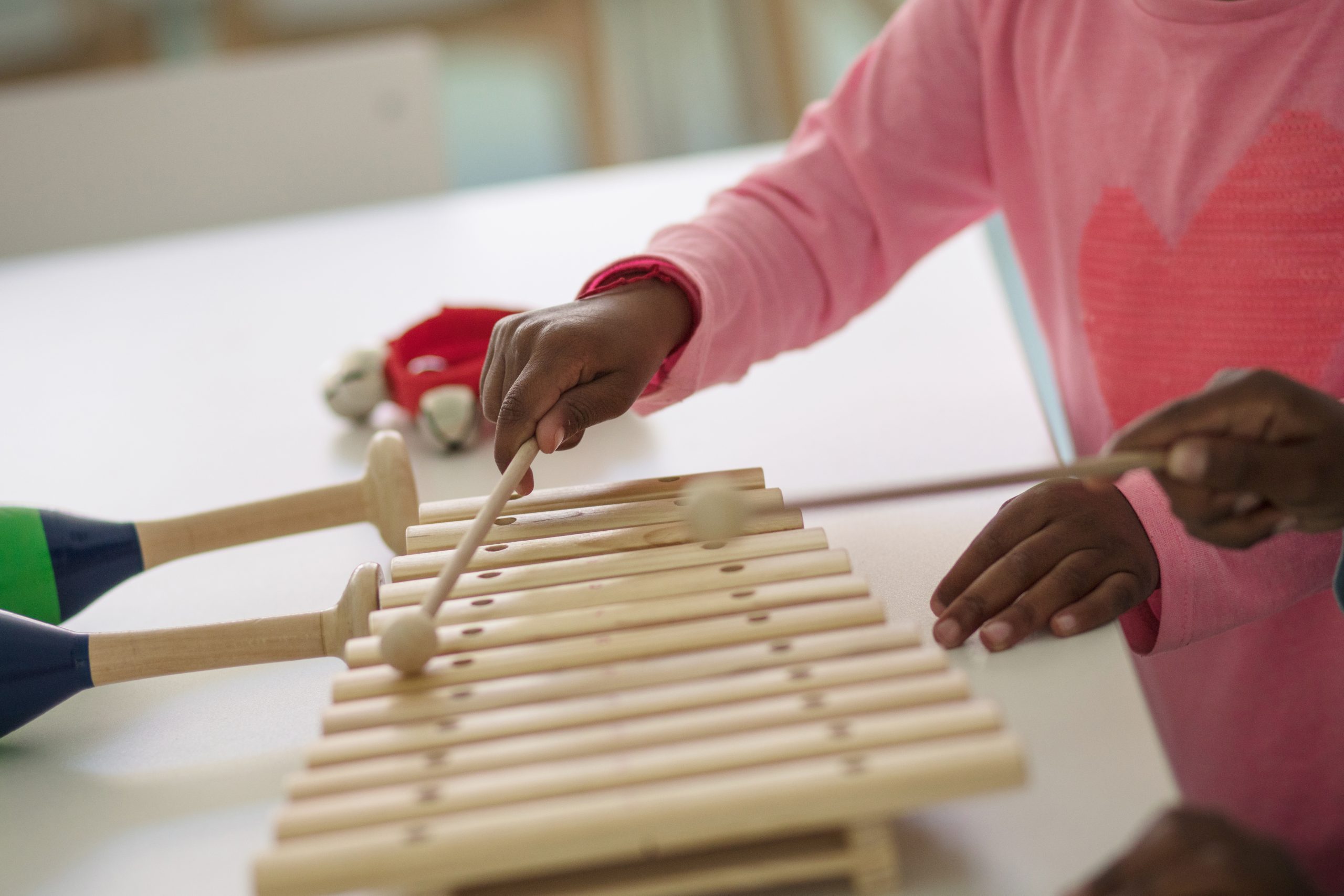
A Day at the Schoolhouse
A day at The Children’s Schoolhouse is anything but typical. However, the following is a loose summary of how your child may spend his/her day. Please note that this schedule is not rigid and the teachers will adapt and change the schedule as needed depending on the children and their response to various activities and the curriculum in general.
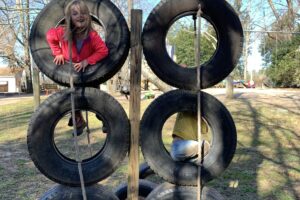
Outdoor Play
- large muscle development
- small muscle development
- dramatic play and all its possibilities
- emotional and physical release
- problem solving
- decision-making
- curiosity about the natural world
- creative expression
- body-eye coordination
- understanding of physical limits
- respect for the rights of others and the observance of safety rules
- understanding of speed, height, weight, impact, balance
- awareness of weather, seasons and temperature in a meaningful way
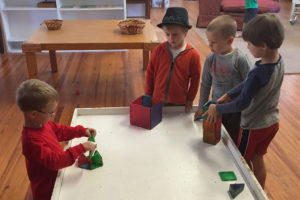
Building Blocks
- promote versatility and creativity
- provide opportunities for learning in several areas at once including math, physics, spatial relations, verbal and social growth, problem solving, decision making, small and large muscle coordination, aesthetics and the growth of imagination
- block building is a three dimensional art experience, valuable to children in a world that is too often dominated by two dimensional experiences
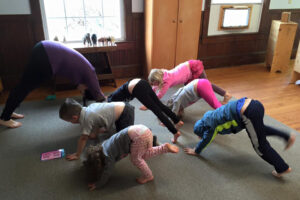
Music & Movement
- provides an opportunity for children to have fun
- allows children to experience rhythm, mood, and melody in a relaxed, joyful atmosphere
- allows children to express their moods and assimilate information
- aids language development
- exposes children to different cultures as well as their own cultural heritage
- helps children gain control of their bodies in ways they would be less apt to do spontaneously
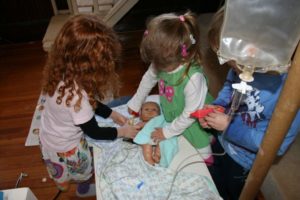
Dramatic Play
- imitate the actions of others
- take care of their own needs
- make choices and offer choice-making opportunities to others
- make judgments
- develop vocabulary
- share personal experiences
- acquire skills with equipment
- work through stress, anger, fear and other feelings
- try out new ideas in a safe environment
- make comparisons
- differentiate between fantasy and reality
- develop memory
- grow in their understanding of time – past, present and future
- expand their concentration range
- develop gross and fine motor skills
- explore a variety of family structures and social arrangements
- meet new values, customs, traditions and celebration styles
- solve problems
- savor their new-found knowledge
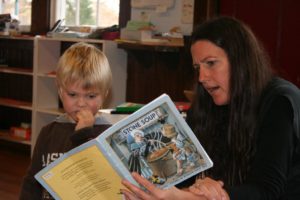
Literature
- provides language experience
- serves as a window through which visions of the beyond may soar
- provides opportunities for problem solving
- develops imagination, creativity and enjoyment
- quiets a child’s inner turmoil, helping the child to understand and accept the contradictions of his feelings of love, hate, anger, joy and fear
- allows children to identify with the characters and the character’s feelings
- provides opportunity for discussion
- encourages the ability to refine ideas and make connections, to be aware of other’s thinking and to listen
- stimulates a sense of wonder and mystery
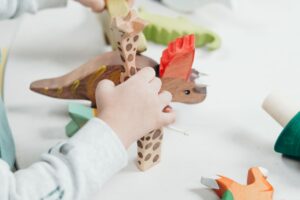
Math
- Math is not taught in one center, rather taught throughout the day in every area of the classroom
- Number experiences can be found in block play, setting the table, arranging chairs, grouping children, toys, talking about birthdays and ages, arranging car groups for trips, telling stories, singing games, reading books and so on…
